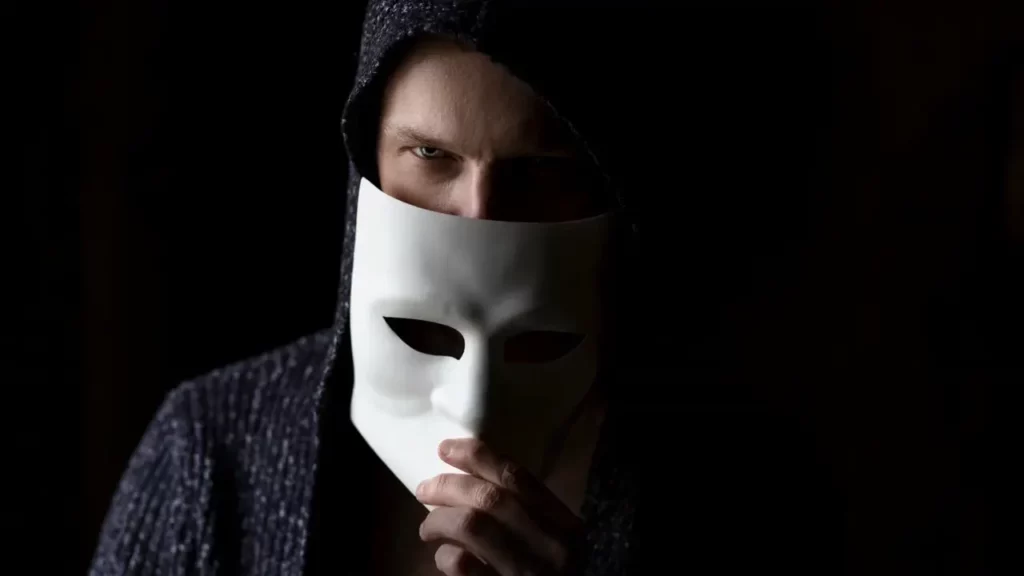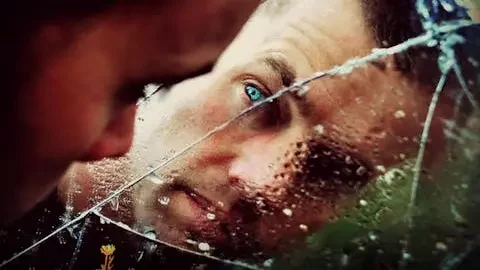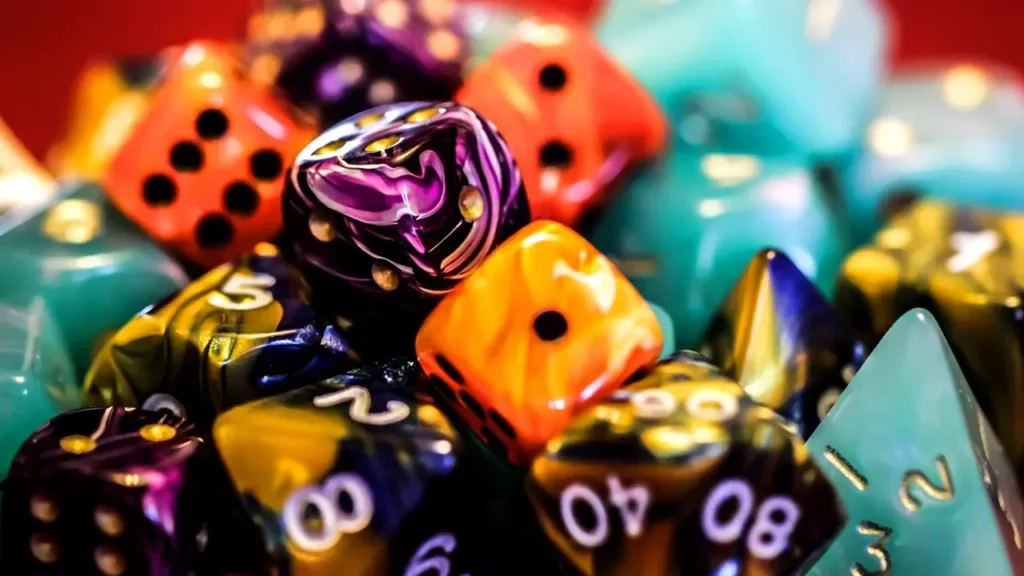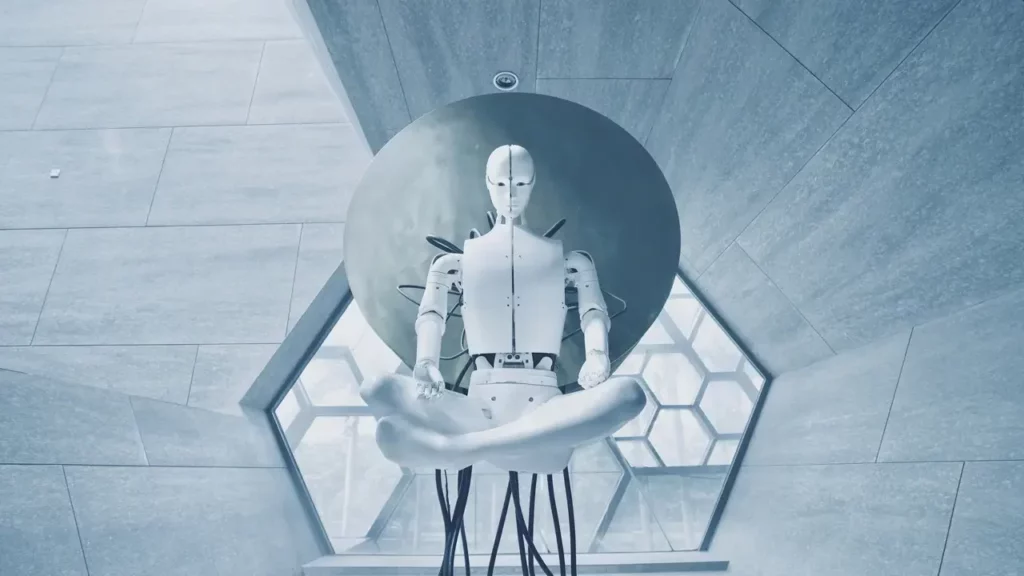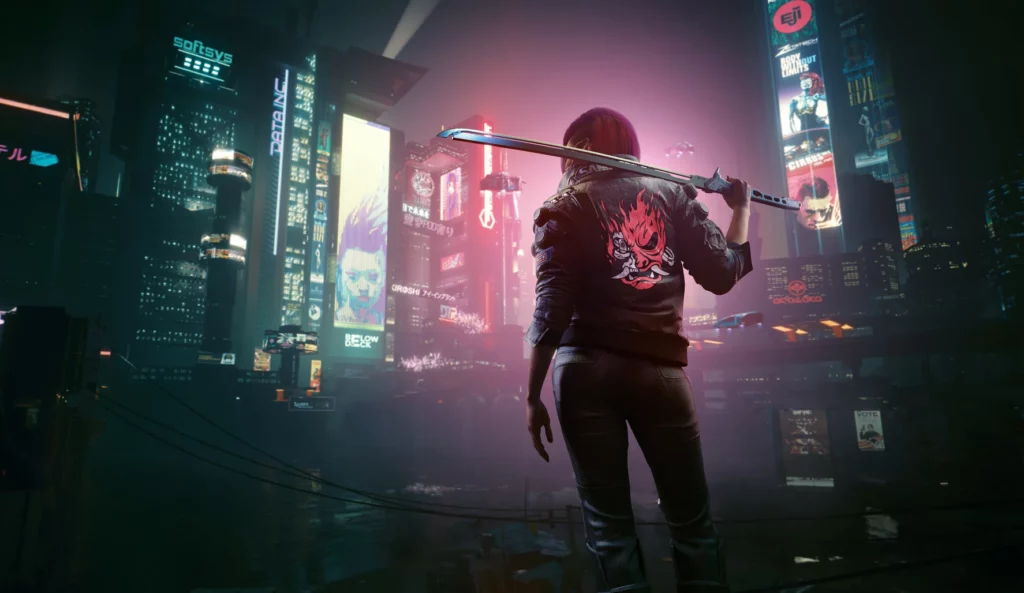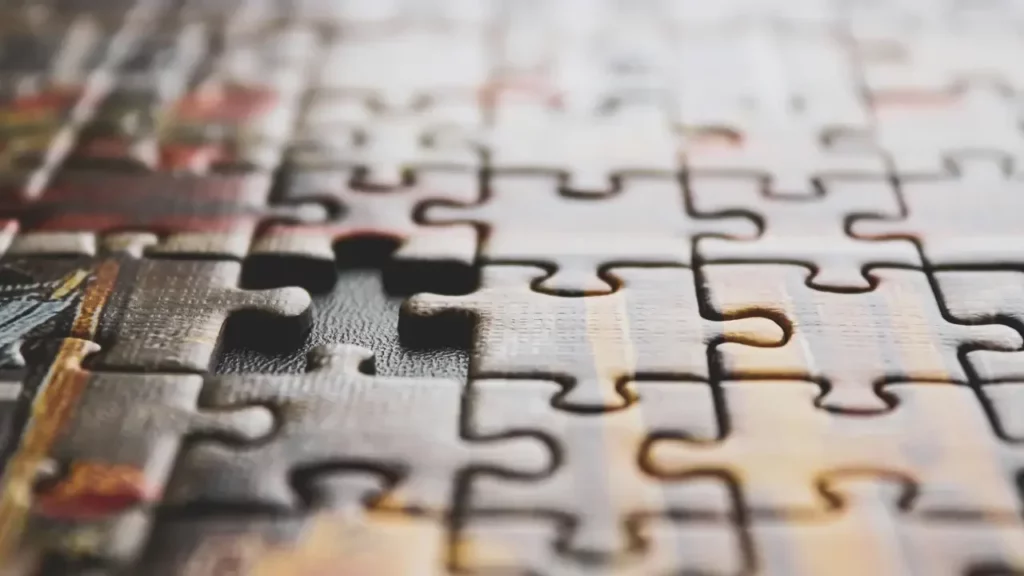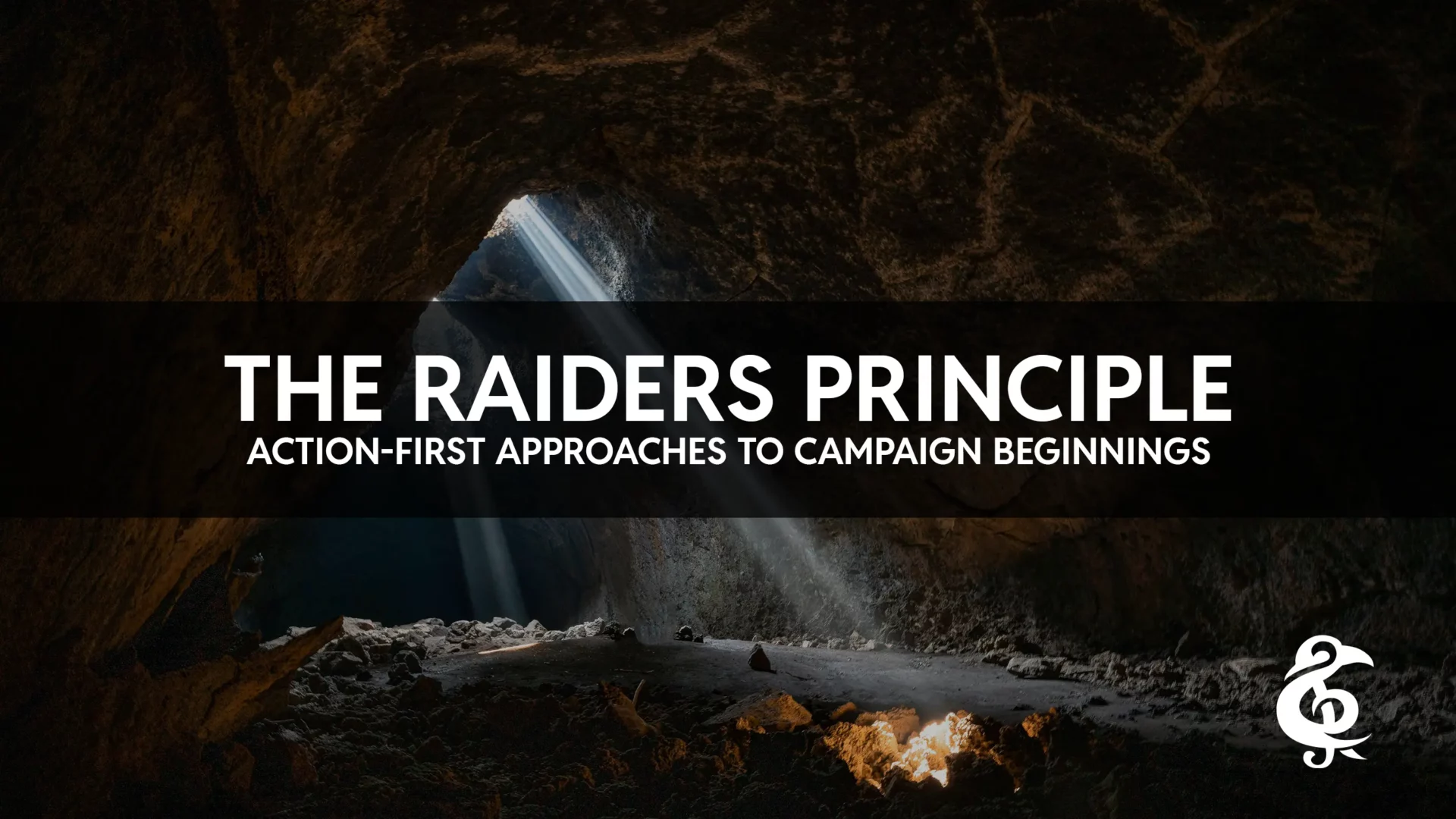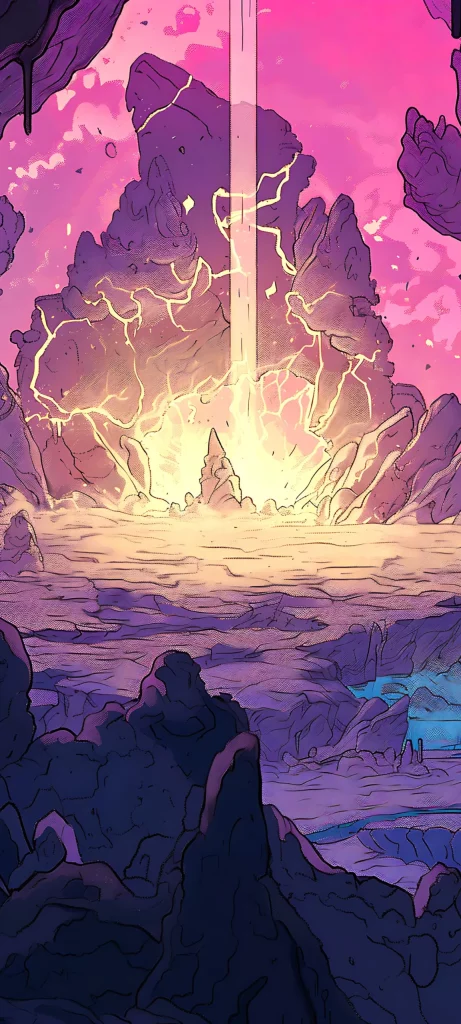Running factions is a key part of almost every successful campaign. It doesn’t matter if the game is grand narrative-focused or more West Marches style; it’s well worth considering how to get the best out of these tools at the table.
What Are Factions?
They are groups important to the player characters (PCs). Their main job is to give the PCs opportunities for adventure and problems to solve. They can help with worldbuilding and environmental storytelling, but this should never take priority over their main role. Before putting a faction into a game, the gamemaster (GM) should consider:
1) How they make the PCs’ situation more interesting
2) Ways the PCs can interact with them meaningfully
They may challenge the PCs directly. Wanting to fight the party is an obvious example, but they could be rivals or quest givers. Adding restrictions or extra requirements to an existing quest are other options. Alternatively, factions can also be sources of rewards or even temporary allies. Always remember the golden rule of good storytelling, though. Coincidence is fine for adding problems, but it should never help PCs out of trouble. The party should earn every reward they receive.
Fallout: A Case Study for Running Factions
In the Fallout video game series, the player meets two factions called the Brotherhood of Steel and the Enclave. In Fallout 3, both of these groups are painfully one-dimensional. For instance, the Enclave wear dark armour, and want to kill anything non-human. The Brotherhood of Steel wear lightly coloured armour, and want to protect people. Players quickly understand, by design, who the good guys are and who are the bad.
There’s actually no expectation from the designers players will help the bad guys. As a result, there’s no real effort to support that mechanically. Even if players help the Enclave, their soldiers still automatically attack them like nothing has changed. The group are so simple they cannot even change their relationship with the PC.
The Enclave’s presence also feels one-dimensional because the players really only talks to its two leaders. There’s no variety in opinion, no real interaction with anyone else. Sub-leaders, basic members, ex-members, and friendlies outside the group are opportunities to make a faction more interesting. If the PCs can meet three or four people with different perspectives and amounts of power, a group feels a lot more alive. Their different motivations and ideas also offer different quest opportunities.
Furthermore, the Enclave have a lack of presence in the game world. Apart from a couple of scripted moments, none of the NPCs talk about the Enclave. They have no economic or social impact despite their superior technology and aggressive attitude to every other group. Rumours, sightings, and finding abandoned places are great opportunities to give factions presence without direct contact. These are wonderful show-don’t-tell chances revealing what a faction are like.
Unfortunately, Fallout 3 never bothers with any of these.
Running Factions with Nuance
The designers expect the player to help the Brotherhood of Steel. Accordingly, doing so will get access to more armour, weapons, equipment, and more merchants. However, just like the Enclave, the Brotherhood are far too simple. Players cannot affect them in any meaningful way. There is no way to help the group get stronger, change their ideas, or their future.
Compare this to Fallout: New Vegas. Here, the Brotherhood refuse to help others. They isolate themselves, hiding from their enemies. The New California Republic has smashed them; they really need help, but seem too stubborn to change.
The current leader, McNamara, wants his group to survive so it can continue its mission; he wants isolation and secrecy until they are stronger. His support comes from various soldiers and scribes. However, a minor leader called Hardlin disagrees. He thinks the group can only succeed by aggressively attacking and controlling the area. His support comes from other soldiers. A third perspective comes from Scribe Santangelo. She wants the group to start helping people in addition to protecting old technology. Her idea has the least support.
Three very different ways to solve the same problem. The player’s interaction is meaningful, too. They can choose to destroy the group, ignore them, or help one of the three methods happen.
Should All Games Be Running Factions?
For a one-shot or very short adventure, there’s no need for this level of detail. It’s better to avoid factions completely or have Fallout 3-style super simple groups; the GM shouldn’t be worldbuilding much at all. There just isn’t enough time.
For longer adventures however, the New Vegas way is much better. It lets grand-narrative groups feel more immersed and gives them the sense they can change the world. For West Marches type games, quest ideas are much easier to think of; solving one challenge often leads to new ones, creating more options with a nice variety in the types of quest available.
Too Much Detail Is Not the Way
However, be careful of over-complicating things. Most GMs do not appreciate players having pages of backstory. Similarly, players stop listening to anything longer than a few sentences about NPCs—and factions are just giant NPCs. If the GM cannot give the faction’s goal in a single sentence, it needs to be simpler.
For instance, the Brotherhood of Steel want to find and protect pre-war technology. This goal comes from the idea technology caused the war, so it must be carefully controlled. The Brotherhood think they are the only ones strong enough to control it. They believe if others get this technology, it would be very dangerous. So, the group’s goal influences their fear and what they take pride in. Importantly, their activities support all these ideas. Players always find them guarding pre-war technology, and they do not trust others easily. Their goal and their actions are consistent.
Running Factions Whose Goals & Actions Don't Match
Compare this with the Institute in Fallout 4. They say they want to save everyone, but they kidnap and kill people. Their stated goal is to improve life, but they put synths into slavery. Despite being the most advanced faction, their gear isn’t powerful and their quests don’t achieve much; they have no impact on the map outside their HQ, and their influence on the world is tiny. This isn’t complex storytelling; it’s bad design.
If players keep getting inconsistent messages, they stop trying to understand. Even with all the disagreement in New Vegas, none of the Brotherhood stop trying to protect pre-war technology. They disagree on the method, not the goal. On some level, a group’s actions and ideas must be consistent or it stops being one faction.
As a side note on complexity, avoid having more than three factions active at the same time. It's easier for players to track what is happening and not feel overwhelmed. Factions need to rest, plan, or wait for other events. An area containing many groups will have to slowly rotate which are active to avoid overloading the players with information.
Make Running Factions Work for the Group
Regarding a group’s size and influence, they should be as large as the players need. No matter their size though, think of them as NPCs. This means they have things they want, are proud of, and that scare them. A faction’s type will influence how they manage all of these, and how they interact with the PCs’ world. This influence affects six key areas:
1) Social—public trust, social ranking
2) Political—law, alliances
3) Economic—wealth, trade
4) Religious—morality, philosophy
5) Technological/Magical—tools,
material advancement
6) Military—violence, intimidation
It’s not necessary for a group to affect all six, but they will probably affect more than one. A large army, for example, is a big economic drain; a state religion will have political and social power, and so on. These will suggest what problems the group can solve or create for the party. It will also be a guide on how the group attack and defend themselves.
Show Players Where a Faction's Hearts Are
To help track a faction’s power level, consider using a system of hearts. A heart represents something in the world that makes the group stronger. Places, people, and things can give hearts. For instance, access to a rare metal mine could be one; a research facility could be another. A powerful leader may give one heart; a team of elite soldiers could give one as well. An ongoing defensive spell could be one; a weapon of mass destruction could be another.
Each heart gives the faction an ability or boost to its members. This could help the PCs if they’re friendly, or make life more difficult if they are not. Both PCs and enemy factions can attack these hearts. Losing them takes that ability or boost away. Share this information with the players!
Incidentally, this is a great platform for running a Big Bad Evil Guy. The more hearts the BBEG loses, the fewer or weaker their abilities or allies are in the final fight. If the players have a time limit, they may have to choose carefully which hearts to attack before they run out of time and the final fight starts—cue fantastic new battle music!
Running Factions the Without Number Way
For a much more comprehensive system, I highly recommend checking out Kevin Crawford’s Stars Without Number or Worlds Without Number. For sci-fi and fantasy respectively, both have free versions available on DriveThruRPG here and here..
Kevin gives factions a whole turn for GMs to run between sessions. This helps GMs track a group’s assets, abilities, upkeep, and chances of success for actions. It’s wonderfully easy to use and great inspiration for running a crunchier game. On a quick personal note, I think Kevin is a brilliant figure in the tabletop industry; he's very approachable and provides much of his hard work for free in the hope of empowering as many gamers as he can!
Weaknesses Are Fun
No faction can effectively cover social, political, economic, religious, magical/technological, and military areas altogether. This automatically creates weaknesses. These weaknesses are essential for three reasons:
1) They give the party something to target if they want to interact with the group. There is an important implication here: the weaknesses have to be something the party can affect. Telling players a large army needs lots of food is useless unless the PCs can improve or reduce supplies.
2) It gives the faction presence in the world. Many groups will take action to cover weaknesses or create alliances with other factions to help; this should never completely solve their problem, though—their job is to give opportunities to the PCs. Factions that don’t hide their weaknesses leave gaps open for the PCs or other groups to target.
3) Weaknesses help a group feel less simple and more believable.
Running Factions that Evolve
Factions should also change. As the players play through sessions, groups in the gaming world should be trying to achieve their goals. They should be taking action with or without the PCs’ help. Success might make them more ambitious, easier to find, or increase the number of elite soldiers. Failure may make them more likely to run away, ask for help, or betray allies. This helps immersion, but it also increases quest variety.
Running Factions' Changing Relationships
Consider the PCs’ relationship with the faction. The group’s attitude and the amount of resources they focus on the PCs will change throughout the adventure. The faction may not even know who the party are in the beginning; however, the more they interact with each other, the more the group may consider the party in their plans. They will react to how much the PCs help, attack, or ignore them. If they have the capabilities, they may also check how the PCs interact with other groups—murder hobos be careful!
A Faction for the PCs
The last thing to think about is the PCs’ own faction, if they have one. These are especially useful in games where players wish to swap characters often or PC death is likely. As I mentioned in this article on Shadowdark, it matters less if one character’s story ends; they all build the group’s larger narrative. Introducing new PCs becomes smoother; it also gives the PCs the ability to handle more epic stakes and multiple problems at once. The party can attack one problem, while another group—played in a different session or handled by NPCs—solve another.
Running Factions Is Well Worth Thinking About!
Factions are incredibly powerful tools. With a bit of preparation, they can be a constant source of quests and rewards for the party. Although they help with worldbuilding, their first role is always to give the party fun opportunities for play. For anything longer than a one-shot, it’s definitely worth thinking how to make them work for the table. Give them a try!
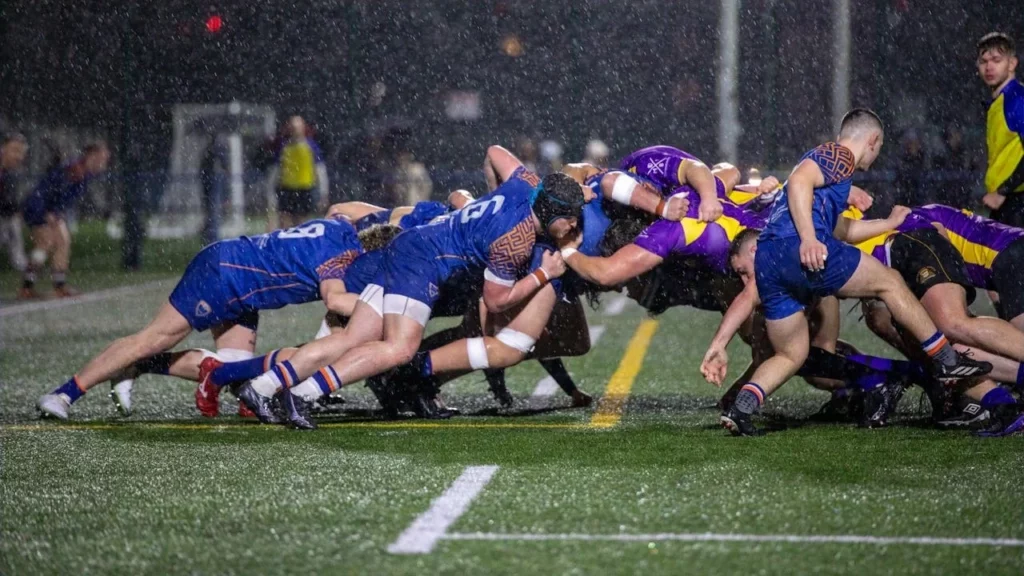
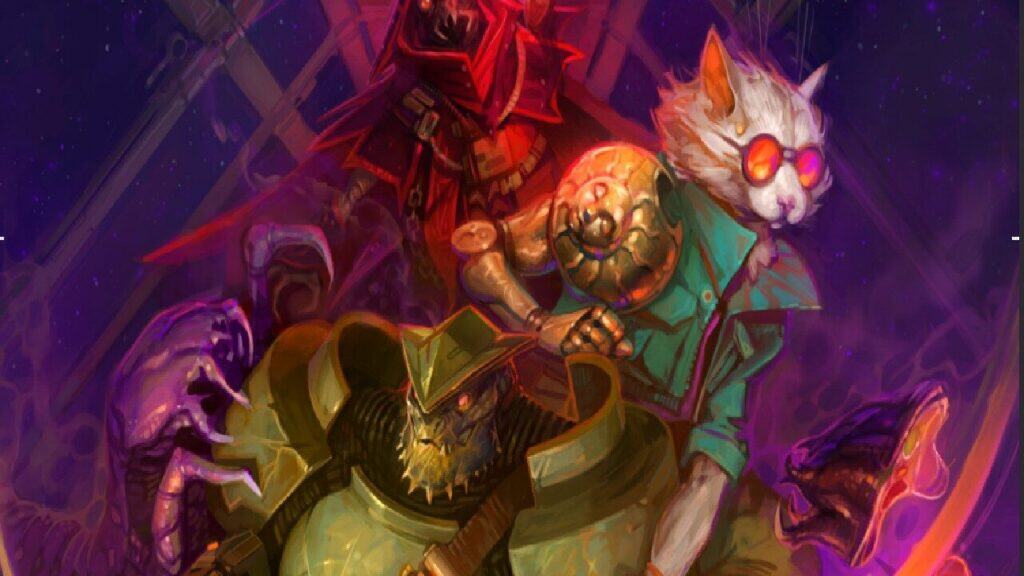
![pexels-biasousa-2213050 A photo of a woman holding a lightbulb. Illustrates [alt text].](https://www.michaelghelfistudios.com/wp-content/uploads/2025/02/pexels-biasousa-2213050-1024x576.webp)
